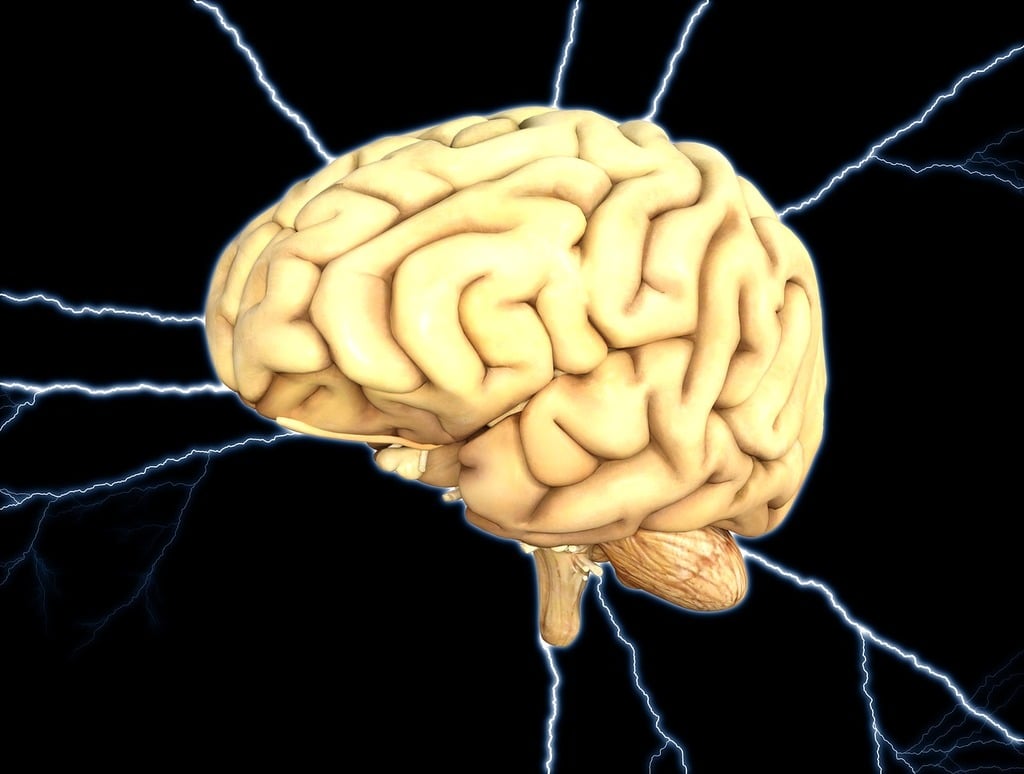Attachments
Note: Not all attachments are visible to the general public. Research URLs will go live after the embargo ends.

Journal/
conference: JAMA Network Open
conference: JAMA Network Open
Research:Paper
Organisation/s:
Otto-von-Guericke-University Magdeburg, Germany
Funder:
This work was part of the EU-funded consortium Stimulation in Pediatrics (STIPED), Horizon
2020 grant agreement 731827.



 International
International


